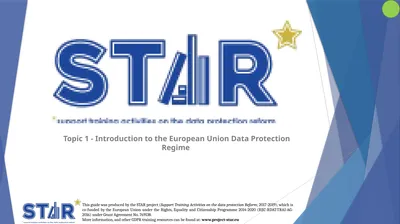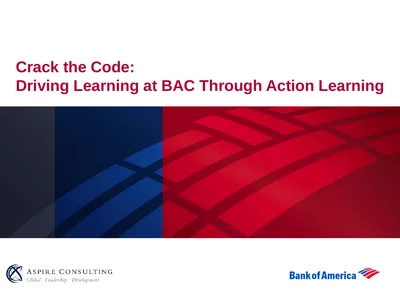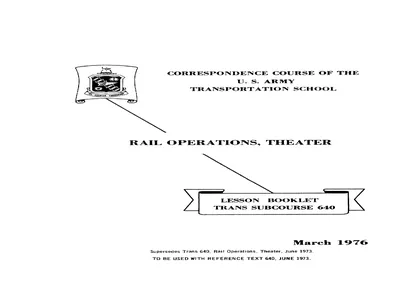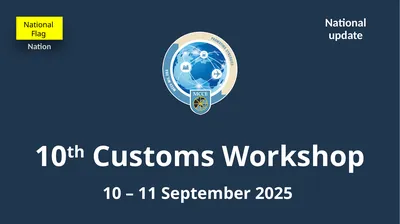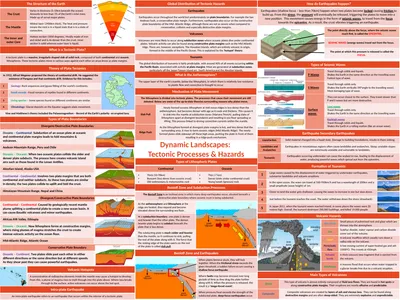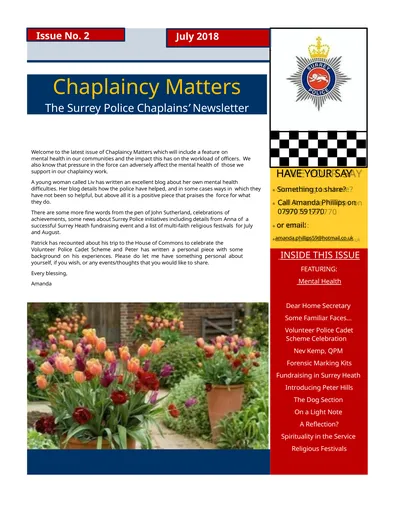
mitsue-stanley
ETUC RETHINKING SUSTAINABLE GROWTH FOR DEMOCRACY,
ETUC RETHINKING SUSTAINABLE GROWTH FOR DEMOCRACY, ...
Topic 1 - Introduction to the European Union Data
Topic 1 - Introduction to the European Union Data ...
Crack the Code: Driving Learning at BAC Through
Crack the Code: Driving Learning at BAC Through Ac...
INTRODUCTION Military railroads operate basically
INTRODUCTION Military railroads operate basically ...
10th Customs Workshop 10 – 11 September 2025
10th Customs Workshop 10 – 11 September 2025 Nat...
Dynamic Landscapes: Tectonic Processes & Hazards
This presentation contains informative slides with...
VIRGINIA DEFENSE FORCE Administration, Personnel
VIRGINIA DEFENSE FORCE Administration, Personnel P...
Report on the meetings held at the 77th Session of
Report on the meetings held at the 77th Session of...
Karachi’s Transport Issues More Questions Than
Karachi’s Transport Issues More Questions Than A...
Year 11 Marine Science Student Workbook Marine
Year 11 Marine Science Student Workbook Marine Edu...
APUSH Periodization & Decades Review Name the
APUSH Periodization & Decades Review Name the deca...
Briefing to the Portfolio Committee on Tourism
Briefing to the Portfolio Committee on Tourism 201...
Representing Military Survivors of Sex Harassment
Representing Military Survivors of Sex Harassment ...
Unit 9 Review Updated President Hoover dealt with
Unit 9 Review Updated President Hoover dealt with ...
© 2016 Institute for Applied Behavior Analysis®,
© 2016 Institute for Applied Behavior Analysis®,...
Q1 Performance Report Presentation to the PCD&MV
Q1 Performance Report Presentation to the PCD&MV o...
Capacity Building of Regulatory Staff for Nuclear
Capacity Building of Regulatory Staff for Nuclear ...
Export Controls UH Office of Export Controls (OEC)
Export Controls UH Office of Export Controls (OEC)...
Combining Data Safety and Cyber Security: An
Combining Data Safety and Cyber Security: An Equip...
Energy Employees Occupational Illness Compensation
Energy Employees Occupational Illness Compensation...
HAVE YOUR SAY -Something to share? Call Amanda
HAVE YOUR SAY -Something to share? Call Amanda Phi...



